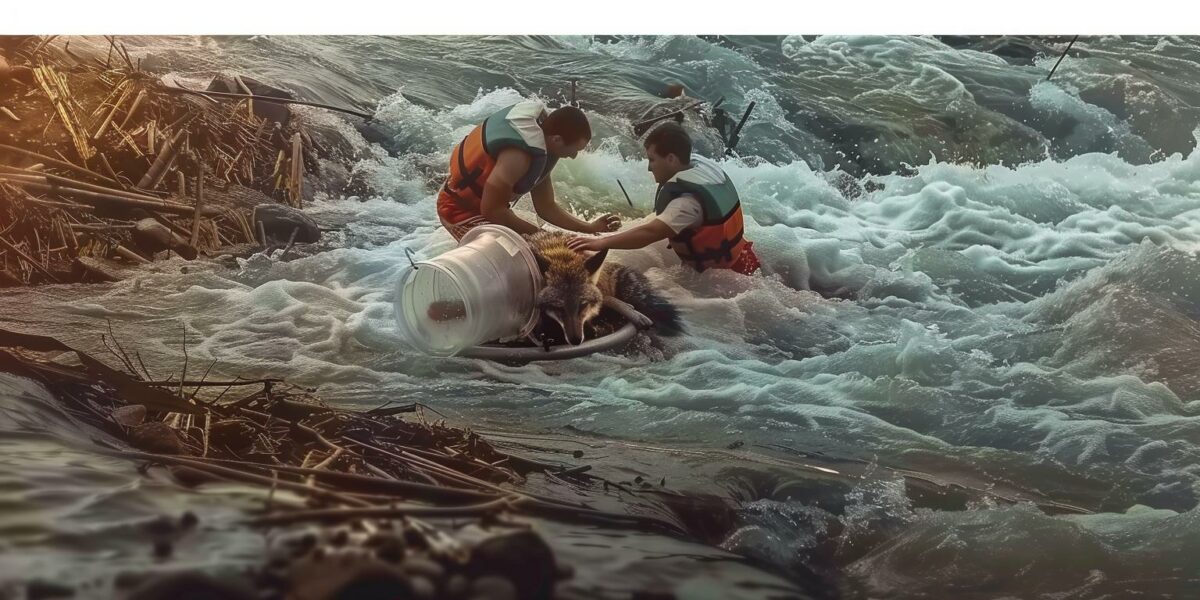A Riveting Rescue on the River
In the heart of San Diego, amidst the chaos of a flooded river, a vigilant citizen spots an unusual sight—a creature struggling amidst the debris. With its head tragically trapped in a plastic container, the animal’s plight is precarious. The observer doesn’t hesitate, immediately alerting the San Diego Humane Society to the dire situation. The urgency is palpable; the animal is far out, unreachable by land, necessitating a more daring approach to the rescue.
The Humane Society, understanding the severity of the situation, quickly realizes the need for additional assistance. As the precious minutes tick by, they reach out for reinforcements from local lifeguards. The response is swift and resolute. Two courageous lifeguards answer the call, their boat slicing through the choppy waters. The mission is clear—save the distressed animal, whose identity remains a mystery, obscured by the container ensnaring its head.
The weather is uncooperative, the winds howl, and the river’s currents challenge even the most experienced. Yet, the determination of the lifeguards never wavers. Their boat reaches the struggling creature, and with careful maneuvering, they manage to free it from the aquatic trap. A sigh of relief is felt as they transport the animal to dry land, rushing it into the caring hands of the waiting rescue team. Wrapped in a blanket, the animal is quickly taken for medical attention, its first step towards recovery.
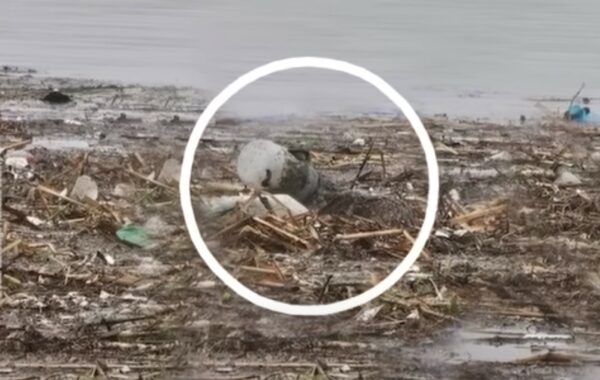
At the Wildlife Center, the rescue team prepares to remove the container, a procedure that unveils an astonishing revelation. As the container comes off, the face that appears is not that of a dog, as suspected, but a wild coyote. The surprise does little to deter the staff; their commitment remains steadfast. They treat the coyote’s hypothermia and remove cactus spines embedded in its fur, addressing each wound with meticulous care.
A Coyote’s Continued Journey
Following the initial medical treatment, the coyote’s journey to recovery is far from over. The Wildlife Center, specializing in the care of apex predators, becomes its temporary home. Here, the coyote receives focused rehabilitation, aimed at restoring its strength and health to ensure a successful return to the wild. The staff is optimistic, their expertise and dedication evident in every step of the recovery process.
The story of this coyote is not just a tale of survival but a poignant reminder of the resilience of wildlife and the compassionate bond humans can share with their fellow earth inhabitants. The staff tirelessly works, ensuring that the coyote not only survives but thrives. Their efforts symbolize a bridge between human civilization and the often misunderstood world of wild predators.
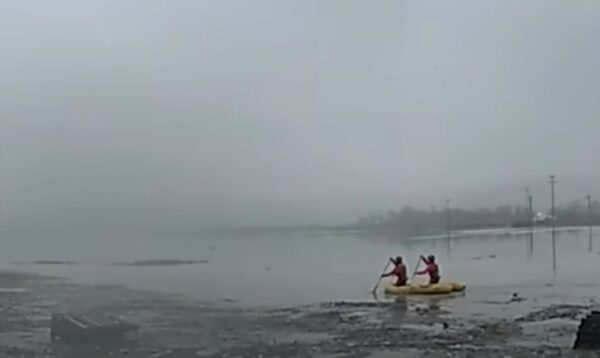
As the coyote regains its strength, the staff prepares for the eventual release back into its natural habitat. The anticipation builds, not just among the caregivers but also within the community that has followed the coyote’s story. The day of the release is a celebration, a testament to what can be achieved when humanity extends its hand to nature in need.
With the coyote’s release, the Wildlife Center’s mission is affirmed, their commitment to the preservation and care of wildlife reiterated. The coyote, once vulnerable and trapped, now runs free, its spirit unbroken, thanks to the collective efforts of those who refused to turn a blind eye to its suffering.
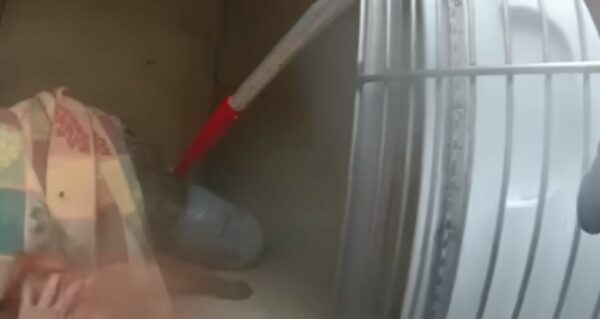
Lessons from the Wild
The encounter with the wild coyote serves as a crucial lesson on the impacts of human negligence on wildlife. The plastic container, a seemingly innocuous item, nearly cost the coyote its life. This incident highlights the broader issues of pollution and its lethal consequences on animals. It’s a call to action for everyone to manage waste responsibly and consider the safety of all beings sharing our environment.
Moreover, the rescue underscores the importance of professional intervention when encountering wildlife in distress. The instinct to help is natural, but the execution must be left to those trained to handle such situations safely. This ensures the well-being of the rescuer and the rescued, minimizing the risk of harm on both sides.
In light of this, the community is urged to remain vigilant and proactive. Reporting sightings of distressed wildlife can save lives, as demonstrated by this rescue. The San Diego Humane Society and similar organizations provide critical services that rely on community engagement and support.
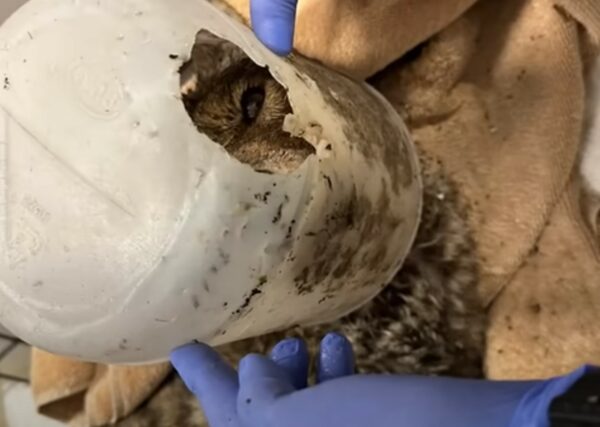
Finally, this story is a powerful reminder of the resilience of nature and the profound impact of compassionate action. It’s a call to foster respect and care for wildlife, ensuring that the ecosystems we coexist with remain vibrant and thriving. By taking small, conscious steps, we can make a significant difference in the lives of many creatures who share our world.
Remembering Our Role
As we reflect on the story of the coyote’s rescue, we must remember our role in preventing such situations. Proper disposal of waste and heightened awareness of our environment are simple yet effective ways to protect wildlife. Each action, no matter how small, contributes to a larger purpose—safeguarding our natural world for future generations.
The story of the coyote is not just about a rescue; it’s about awakening a collective consciousness towards the environment. It’s about recognizing the impact of our daily choices and fostering a more thoughtful interaction with the world around us. Let this story inspire change, encouraging more mindful behaviors that benefit our planet and its inhabitants.
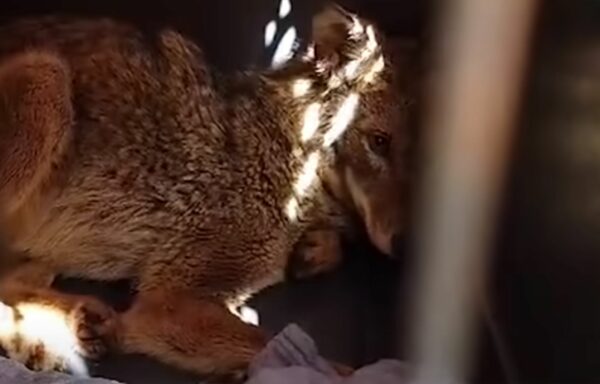
Furthermore, understanding the dangers wildlife faces from human-related threats is crucial for their protection and conservation. Education and awareness campaigns can help bridge the gap between ignorance and empathy, leading to more informed decisions regarding wildlife interactions.
In conclusion, let us take this story to heart, allowing it to influence our actions and attitudes towards wildlife. Let’s strive for a future where stories like these are less about rescue and more about coexistence and mutual respect. The time to act is now; let’s be the change we wish to see.

